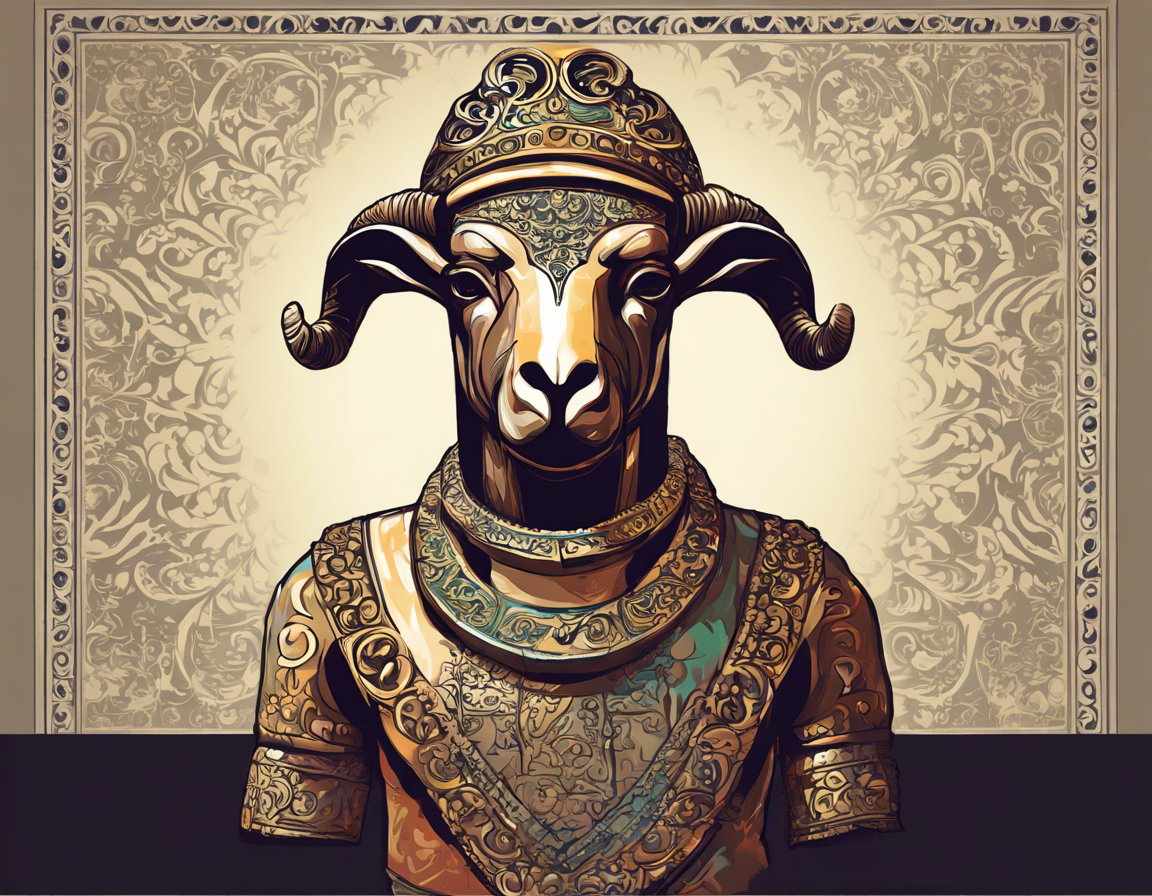Introduction
In the quaint town of Ayodhya, India, lies a site of immense historical and religious significance – the Ram Janmabhoomi, believed to be the birthplace of Lord Ram, a revered deity in Hinduism. The Ram Janmabhoomi has been at the center of a contentious legal and socio-political debate for decades, primarily revolving around the construction of a temple dedicated to Lord Ram at the site where a mosque, the Babri Masjid, once stood.
Amidst this turmoil, one particular artifact has garnered significant attention – the Old Ram Lalla Idol. The idol, also known as Ram Lalla Virajman, is a small deity of Lord Ram as an infant. It holds immense sentimental value for millions of devotees worldwide and symbolizes the faith and devotion associated with Lord Ram.
The Origin and Significance of the Old Ram Lalla Idol
The history of the Old Ram Lalla Idol dates back to the 1940s when it mysteriously appeared inside the central dome of the Babri Masjid, sparking immediate reverence and devotion among the local Hindu population. The idol is believed to be a symbol of Lord Ram’s presence at his birthplace and served as a focal point for prayers and offerings by devotees.
The Old Ram Lalla Idol became an integral part of the heated legal battle over the ownership of the Ram Janmabhoomi site. Its placement inside the mosque raised questions about the historical and religious significance attached to the site and further fueled the demand for a grand temple dedicated to Lord Ram.
Legal Disputes and Resolution
The presence of the Old Ram Lalla Idol inside the Babri Masjid led to a series of legal disputes and court cases, culminating in the landmark judgment by the Indian Supreme Court in November 2019. The court ruled in favor of the construction of a Ram Mandir (temple) at the Ram Janmabhoomi site while also ordering the allocation of a separate piece of land for the construction of a mosque to replace the Babri Masjid.
As part of the verdict, the court recognized the Old Ram Lalla Idol as a legal entity with rights akin to a juristic person, ensuring its protection and preservation as a symbol of faith and belief.
Cultural and Religious Beliefs
The Old Ram Lalla Idol holds immense cultural and religious significance for Hindus worldwide. Devotees believe that the idol embodies the spirit and presence of Lord Ram himself, making it a focal point for prayers, rituals, and offerings. The idol’s presence is seen as a divine assurance of Lord Ram’s existence at his birthplace, reinforcing the faith and devotion of millions of followers.
For many devotees, the Old Ram Lalla Idol represents not just a religious artifact but a living deity capable of granting blessings and fulfilling the desires of the faithful. Its preservation and worship are considered essential for maintaining the connection to Lord Ram and upholding the traditions and values associated with his teachings.
Preservation and Future
In the aftermath of the Supreme Court judgment, efforts are underway to preserve and protect the Old Ram Lalla Idol while ensuring its continued worship and veneration by devotees. The construction of the Ram Mandir at the Ram Janmabhoomi site is expected to further enhance the idol’s significance and draw pilgrims and tourists from around the world.
As a symbol of resilience, faith, and devotion, the Old Ram Lalla Idol stands as a testament to the enduring legacy of Lord Ram and the unwavering beliefs of his followers. Its presence continues to inspire millions to uphold the values of righteousness, truth, and compassion that Lord Ram exemplified, making it a cherished emblem of India’s cultural and religious heritage.
FAQs:
- What is the Old Ram Lalla Idol?
-
The Old Ram Lalla Idol is a small deity of Lord Ram as an infant that mysteriously appeared inside the Babri Masjid in the 1940s.
-
Why is the Old Ram Lalla Idol significant?
-
The idol symbolizes the faith and devotion associated with Lord Ram and is believed to embody his presence at his birthplace in Ayodhya.
-
What legal disputes are associated with the Old Ram Lalla Idol?
-
The idol was a focal point of the legal battle over the ownership of the Ram Janmabhoomi site, culminating in the Supreme Court’s verdict in favor of a temple dedicated to Lord Ram.
-
How is the Old Ram Lalla Idol worshipped?
-
Devotees offer prayers, rituals, and offerings to the idol as a symbol of Lord Ram’s presence and blessings.
-
What role does the Old Ram Lalla Idol play in Hindu culture and beliefs?
-
The idol holds immense cultural and religious significance for Hindus worldwide, embodying the values and teachings of Lord Ram.
-
Is the preservation of the Old Ram Lalla Idol ensured?
-
Yes, the Indian Supreme Court recognized the idol as a legal entity with rights akin to a juristic person, ensuring its protection and preservation.
-
How has the construction of the Ram Mandir impacted the Old Ram Lalla Idol?
-
The temple’s construction is expected to enhance the idol’s significance and draw more devotees to worship and seek blessings.
-
What is the future of the Old Ram Lalla Idol?
- The idol will continue to be venerated and worshipped by millions of devotees, serving as a beacon of faith and devotion for generations to come.
